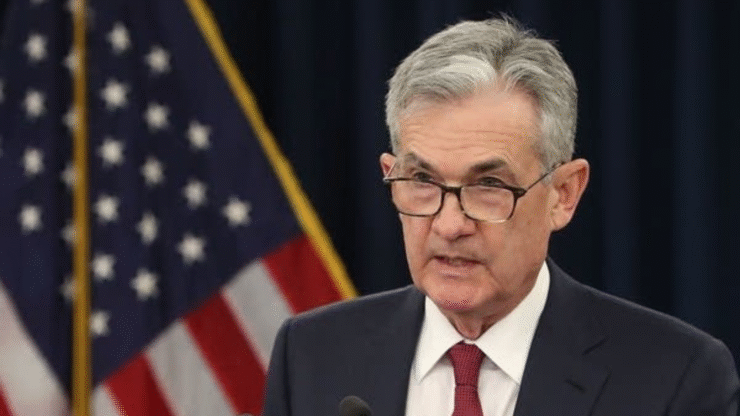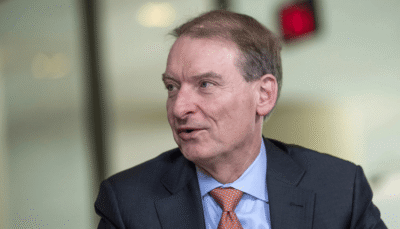In a major regulatory shift, the U.S. Federal Reserve has rolled back special oversight requirements for banks engaging in cryptocurrency and stablecoin-related activities. The move, announced Thursday evening, means banks will no longer be required to provide advance notice or undergo enhanced scrutiny when offering crypto services—putting digital asset involvement on equal footing with traditional banking operations.
The policy realignment brings the Fed in step with recent updates from the Federal Deposit Insurance Corporation (FDIC) and the Office of the Comptroller of the Currency (OCC), both of which had already clarified that federally regulated institutions are not legally barred from crypto-related activities.

With bureaucratic bottlenecks removed, the update effectively normalizes cryptocurrency within the U.S. financial system—freeing banks to explore blockchain-powered payment systems, stablecoin integrations, and digital asset custody services without jumping through additional regulatory hoops.
The decision is being widely viewed as part of the Trump administration’s broader deregulatory agenda, aimed at accelerating blockchain adoption and reestablishing the U.S. as a global leader in financial innovation.
End of the ‘Operation Choke Point 2.0’ Era
The Fed’s policy reversal also marks a definitive end to allegations of a shadow crackdown on crypto businesses—often dubbed “Operation Choke Point 2.0.”
For years, crypto advocates argued that regulators discouraged banks from servicing digital asset firms through informal guidance and backdoor pressure, effectively locking out major players from the U.S. banking system. The new stance from the Fed, FDIC, and OCC eliminates crypto-specific gatekeeping, leveling the regulatory playing field across all financial services.
President Donald Trump has made the dismantling of what he characterizes as “politically motivated financial discrimination” a key pillar of his second-term fintech policy. Since returning to office, his administration has repeatedly vowed to eliminate federal bias against crypto-linked firms, promote regulatory clarity, and support innovation through public-private partnerships.
Thursday’s announcement—despite earlier skepticism about Fed Chair **Jerome Powell’s alignment with the White House—is now seen as a breakthrough moment, marking a unified shift across financial regulators toward a more crypto-accommodating future.
What It Means for Banks and Crypto Integration
With regulatory restrictions lifted, more banks are expected to enter the digital asset space—offering crypto trading, custody, and payment rails that were once considered legally risky. The change could accelerate the merging of decentralized finance (DeFi) with the traditional banking system, providing consumers with broader access and enhancing market maturity.
However, experts caution that removal of oversight doesn’t mean removal of responsibility. Banks must still conduct due diligence, manage compliance risks, and ensure consumer protections are upheld.
The policy shift may also rekindle institutional interest in stablecoins and tokenized assets, now that banks can explore these instruments under existing supervisory frameworks—rather than uncertain or adversarial regimes.
Quick Facts
- The Federal Reserve, FDIC, and OCC have removed crypto-specific approval requirements for U.S. banks.
- This marks the formal end of “Operation Choke Point 2.0,” an alleged campaign to restrict crypto firms’ access to banking.
- The move aligns with the Trump administration’s pro-crypto regulatory pivot, emphasizing innovation and competition.
- Banks are now expected to manage crypto activity under standard risk and compliance frameworks—just like any other financial product.





